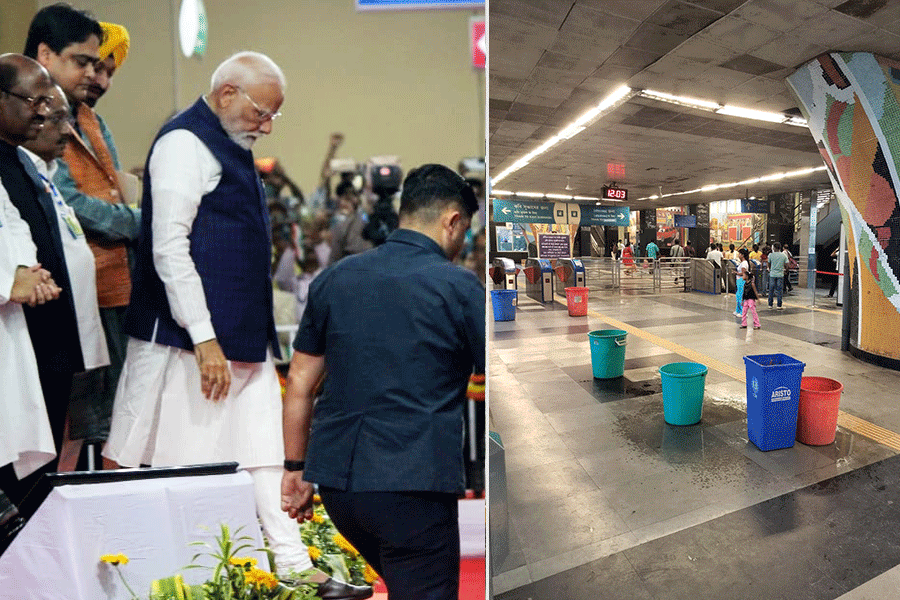
New Delhi: Ahead of a spate of state assembly polls this year and general elections next year, the Narendra Modi government intends to come up with a new industrial policy, which plans to set up an industrial decision making body with representations from the Centre and the states in a manner similar to the GST Council.
Top finance ministry officials said the draft policy on which work started at least three years back would be placed before the cabinet later this month.
The formation of a GST Council-like body - a single-window clearance body for large industrial proposals - would, however, require consultations with the states.
Such a body would also be expected to take quicker decisions on labour law changes, where both the states and the Centre have to agree.
Both must also agree on land use and leasing policies as well as on taxation issues.
The policy, India's third since Independence, calls for incentives to create jobs, develop skills and R&D by companies as it promises to create millions of jobs and try to push the share of manufacturing in GDP to 25 per cent, up from the current 16.5 per cent.
As India gears up for some crucial state assembly polls later this year and the general elections next year, observers expect a series of announcements on the economy.
Officials said the policy will try to address the huge difference between power tariffs paid by industrial users - among the world's highest - and retail consumers.
It will moot proposals for the direct transfer of benefits in case any state or the Centre wants to subsidise electricity.
Work on the policy started after criticism that industry was not growing at a fast enough pace and creating enough jobs to satisfy the aspirations raised by the Modi government on jobs and industrialisation.
Several ministries are now working in tandem to create a new policy.
Industrial production data released earlier this month showed the manufacturing sector to grow 5.2 per cent during the April-June 2017 quarter compared with 1.6 per cent in the same quarter last year.
The government believes cutting red tape and clearance time, while quickly facilitating actual proposals will result not only in the implementation of investments stuck in the pipeline but also have a demonstration effect leading to the inflow of more funds.
The government will also announce plans to develop infrastructure in the railways and waterways as it feels industrialisation is held up by "infrastructure deficit".
It also wants to discourage the movement of goods by trucks to cut down on carbon emission. In India, some 57 per cent of goods are moved by road, while China moves just 22 per cent of its goods by road, point out officials.
Officials said the overhaul was long due as the last manufacturing policy had been crafted in 1991 during the Congress era.
That policy whittled down the number of industries for which licences were required, opened up Indian industry to foreign competition and investment and generally catalysed investment.
Auto rules
Ministries are also working out whether they can replicate a version of the 1990s tax regime for automobiles, which rewarded those who localised production with lower taxes and those who imported most sub-assemblies or parts of a car with higher level of customs duties. Key areas in which such `rewards and punishment regime will be looked at are electronics, defence and capital goods.
"This is difficult under the WTO laws, but many countries including the USA have been successfully pushing their own domestic content regulations for government procurement and we too shall do so," said officials. In a move akin to the Trump administration's proposal to make it mandatory to use US steel in all pipelines in that country, India has also made it compulsory to use local steel in government projects.










